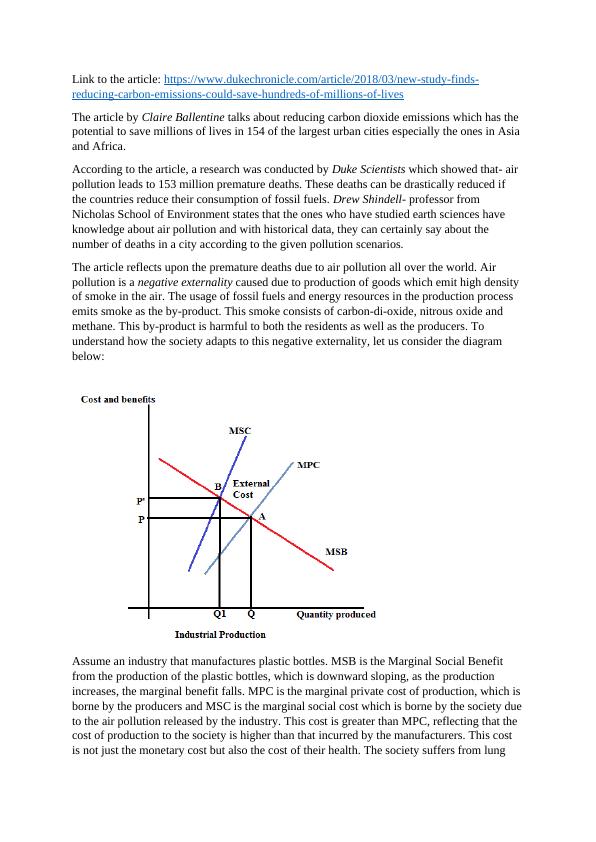Reducing Carbon Emissions to Save Millions of Lives: A Microeconomic Analysis
Added on 2023-06-04
5 Pages939 Words341 Views
End of preview
Want to access all the pages? Upload your documents or become a member.
Assignment on Carbon Tax
|6
|981
|135
Bus 171 Study on Economic Assignment
|11
|1911
|73
The Impact of Prenatal Exposure to Environmental Pollution on Children Development
|8
|2209
|28
Air Pollution as a Global Health Policy Issue
|13
|845
|445
Emission Trading Scheme in Agriculture: Arguments for and Against
|7
|1314
|332
Renewable Energy Development in the UK: Advantages and Lessons for Africa
|15
|5127
|186

